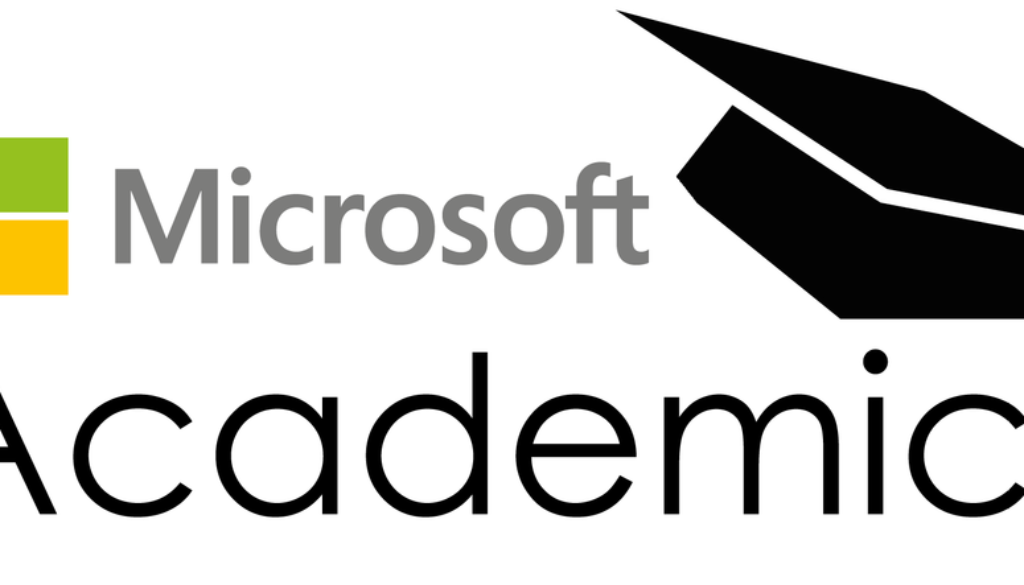Understanding the parent mindset during remote and hybrid learning
[ad_1]
Understanding the parent mindset during remote and hybrid learning
As a veteran teacher, I usually had a pretty good idea of how I could support parents and guardians with their students’ education. But sometimes a family-teacher conference would reveal something I didn’t know. I realized that together, we could work on a solution.
That was before the pandemic—back when the learning environment was still fully in the classroom and educators could meet with families face-to-face. In this new remote and hybrid learning environment, we don’t have the experience to know what our families need from us. And with social distancing in place, it’s more challenging to find out.
So, Microsoft did the asking to find even better solutions for the current environment.
I’m part of an independent research team, Program 11, that reached out to parents to learn more about how families are dealing with remote and hybrid learning. There’s been a lot of speculation about what parents and guardians are struggling with (and our team had our own personal experiences as parents and educators), but we wanted to hear it from a broader audience.
The question was: How could Microsoft tools and technology help parents and families support their students’ remote and hybrid learning even more?
Our interviews and survey results revealed that even though parents share some challenges and beliefs, their experiences are not universal. So, there can be no “one-size-fits-all” approach to supporting families. Luckily, three sizes cover most!
We found that most families fall within one of three different categories. Families feel like they’re either thriving, coping, or overwhelmed. I’ll go over some of the research data1,2, and describe the three parent mindsets. Then I’ll show you what we’re doing to help educators get families the resources they’ve asked for.
What parents and guardians agree on
To say that educators are working tirelessly is an understatement. You continue to provide amazing instruction, focus on student well-being, and communicate with parents despite all the challenges that accompany remote and hybrid learning. The results of our research show that parents know this, and they appreciate it.
The majority of parents are satisfied or very satisfied with teacher communication, one-on-one time and the resources teachers are providing to support remote learning.
Even though parents and guardians are impressed by teachers, many feel schools and districts are asking too much of parents during remote or hybrid learning. Parents continue to worry about their student’s health, online safety, and social-emotional well-being. They want resources to help them more effectively engage in their student’s learning, especially when they don’t feel confident in their ability to offer support.
About 45 percent of parents “worry a lot” about both COVID-19 and their student staying on track in school.
Different parent mindsets
I’m sure it comes as no surprise that even though parents share some similar opinions, some are having vastly different experiences. You’ve likely witnessed this in your own practice.
Some parents feel like their families are thriving in the remote or hybrid learning environment. These parents are deeply engaged in their student’s learning and are seeking ways to take their student’s academic education to the next level. These parents often have older students or students who perform above grade-level.
Others feel like they are coping. These parents have concerns about their student’s social and emotional well-being and health that sometimes overshadow academic concerns. They feel the pressures of balancing school with other responsibilities but feel more engaged in their student’s learning than ever before.
And other parents feel overwhelmed by the demands placed on them due to remote and hybrid learning. These parents are concerned about meeting their family’s basic needs and do not feel confident they have the skills or resources to support their student’s education right now. These families are more likely to have younger students.
Parent mindsets are not fixed. With support, even the most overwhelmed parents can begin to feel like they’re thriving!
Supporting educators in supporting families
This data really helps us better understand how families are experiencing remote and hybrid learning. But what’s really important to an educator is what education technology companies like Microsoft can do to help.
And here it is: an easy to navigate webpage where you can send your families to learn which parent mindset describes their experience. From there, they can find resources picked specifically for them, based on their needs and preferences.
We hope that these resources help parents and families feel more confident about supporting their student’s education. Teachers, if you’d like to provide the families of your students with more information, please download this infographic to send with your next correspondence, or you can provide them with a link to the parent mindset webpage. You can also urge parents and families to join the free remote learning family workshop series that Microsoft is hosting.
You can download the full Parent and Family Remote and Hybrid Learning research brief here.
About the author:
Teagan Carlson is an education consultant and writer whose work has been featured in Edsurge. She joined the education research team at Program 11 as a subject matter expert, having taught ELA and ELD for fourteen years. She has her M.A. in Educational Psychology.
Footnotes:
1. Microsoft, “Survey Data Helps Microsoft Uncover Three Distinct Parent Mindsets When It Comes to Remote and Hybrid Learning.” https://aka.ms/MSParentSurveyChartsDeck
2. Microsoft, “Microsoft Education Parent and Family Research.” https://aka.ms/MSParentSurveyResearchBrief
The post Understanding the parent mindset during remote and hybrid learning first appeared on Microsoft EDU.
[ad_2]
Source link
Discover more from My Business Web Space
Subscribe to get the latest posts sent to your email.




